Have you ever experienced the charm of drip coffee? Knowing how to brew authentic coffee at home can transform your daily coffee routine into something truly special. In this article, we’ll take a deep dive into the art of making drip coffee and share the joy it brings.
Brewing coffee isn’t just about quenching your thirst; it’s also a time to unwind and relax. We’ll cover everything from selecting the right beans to using the appropriate equipment, along with tips for crafting the perfect cup. Don’t worry—this guide is designed for beginners, making it easy for anyone to get started. So, let’s jump into the delightful world of drip coffee together!
- An overview of the basics and allure of drip coffee
- Detailed information on types of coffee beans and how to store them
- Recommended tools and tips for brewing the perfect cup
The Basics and Allure of Drip Coffee
Drip coffee is a straightforward yet deeply rewarding method of brewing coffee. Its simplicity allows coffee enthusiasts to enjoy a rich, authentic cup right at home, which is why it has garnered a loyal following. In this article, we’ll explore what drip coffee is and delve into its unique appeal, so stick with us until the end!
What is Drip Coffee?
Drip coffee involves pouring hot water over ground coffee, allowing the flavors and aromas to be fully extracted. This method can highlight the nuances in flavor, especially since the choice of beans, grind size, and pouring technique can significantly influence the final taste. This opens up a world of exploration for those seeking their perfect cup.
One of the great things about drip coffee is that the equipment is typically simple and easy to find, making it accessible for beginners. With just a few tips, anyone can brew a delicious cup of coffee.
- Drip coffee is simple and easy to enjoy.
- The choice of beans and pouring method affects the flavor.
- It’s beginner-friendly and easy to get started.
A Deep Dive into Its Allure
The charm of drip coffee lies primarily in its rich flavor profile. Depending on the type of beans and their roast level, the taste can vary widely. By selecting beans that suit your preferences and brewing them with care, each cup can offer a new discovery. Additionally, the process of brewing coffee itself can be a soothing ritual, providing a moment of calm in a busy day.
Moreover, drip coffee is incredibly customizable compared to other brewing methods. You can easily tailor your drink to fit your taste by adding milk, sugar, or even experimenting with different flavors. This way, you can create a special moment just for yourself through the art of coffee.
- The type of beans and roast level change the flavor profile.
- Enjoy the process of brewing coffee.
- It’s easy to customize to your liking.
Choosing the Right Coffee Beans
To brew a delicious cup of drip coffee, selecting the right beans is crucial. The type of beans, roast level, and origin can significantly influence the flavor, making it essential to find beans that suit your personal taste. This section will delve into the characteristics of different types of coffee beans and how to store them properly to maintain their freshness. Let’s enjoy learning together!
Characteristics and Flavors by Type
Coffee beans primarily come in two varieties: Arabica and Robusta. Arabica beans are known for their rich sweetness and acidity, along with an aromatic profile that is truly delightful. They’re perfect for those who prefer a lighter, more nuanced flavor. On the other hand, Robusta beans offer a stronger bitterness and a fuller body, making them ideal for those who love a bold and robust taste.
The origin of the beans also plays a significant role in their flavor profile. For instance, Ethiopian beans are celebrated for their fruity and floral notes, while Brazilian beans often have a nutty flavor. Choosing beans that fit your taste is one of the joys of the coffee experience.
- Arabica beans have rich sweetness and acidity
- Robusta beans are strong and full-bodied
- Enjoy distinct flavors based on origin
How to Store Coffee Beans for Freshness
Freshness has a major impact on the flavor of coffee beans. To keep your beans fresh, it’s essential to avoid direct sunlight and moisture. Storing them in an airtight container in a cool, dark place will help preserve their flavor for a longer time. Ideally, you should consume opened bags of beans as soon as possible.
Additionally, once you grind the beans, they can oxidize quickly, so it’s best to grind only what you need at a time. This way, you can enjoy fresh coffee whenever you brew. By being mindful of your storage methods, you can elevate your drip coffee experience to new heights.
- Store away from direct sunlight and moisture
- Keep in an airtight container in a cool, dark place
- Use ground coffee quickly after grinding
Choosing and Using Drip Coffee Equipment
To brew delicious drip coffee, selecting the right equipment is crucial. There are various types of drippers and filters, each with its unique characteristics and methods of use. In this section, we’ll introduce our recommended drippers and filters, along with detailed guides on how to use each type, so be sure to take notes!
Recommended Drippers and Filters
When it comes to enjoying drip coffee, several popular drippers stand out. Among them, Hario’s V60 and Kalita’s Wave Dripper are beloved by both beginners and seasoned coffee enthusiasts alike. The V60 features a cone shape that makes it easy to control the flow of water, allowing you to extract delicate flavors effectively. On the other hand, the Kalita Wave Dripper has a flat bottom that provides stability, making it a reliable option for newcomers.
Filters are also an essential element of the brewing process. Paper filters are convenient to use and help eliminate coffee oils, resulting in a clean and crisp flavor. Meanwhile, metal filters retain some oils, allowing for a richer taste and making them reusable, which is a more eco-friendly choice.
- Recommended drippers include Hario’s V60 and Kalita’s Wave Dripper
- Paper filters are easy to use and provide a clean taste
- Metal filters offer richness and are reusable
Equipment-Specific Brewing Guide
The method for brewing coffee with a dripper can vary slightly depending on the equipment used. Let’s start with the Hario V60. First, place the filter in the dripper and rinse it with hot water to warm it up. Next, add the coffee grounds and pour water starting from the center and moving outward. By pouring slowly, you ensure that the water evenly saturates the coffee grounds.
For the Kalita Wave Dripper, the initial steps are the same: set the filter and warm it with hot water. However, since the Wave Dripper has a flat bottom, be careful to adjust the water flow so that it evenly covers the grounds. With both types of equipment, you can experiment with the pouring speed and water temperature to discover your preferred flavor profile.
- With the V60, pour water from the center outward
- For the Wave Dripper, ensure the water covers the grounds evenly
- Adjust pouring speed and water temperature to refine your taste
Tips for Brewing the Perfect Drip Coffee
Brewing a delicious cup of drip coffee involves several key factors. Water temperature and extraction time significantly influence the flavor of your coffee. It’s common to encounter some issues during the brewing process, but having some knowledge beforehand can help you resolve them smoothly. In this section, we’ll delve into the tips for brewing the perfect cup and address common mistakes along with their solutions.
The Importance of Water Temperature and Extraction Time
Water temperature plays a crucial role when it comes to brewing coffee. Generally, the optimal range is between 90°C and 95°C (194°F to 203°F). Brewing at this temperature range allows you to fully extract the flavors and aromas of the coffee. However, be careful—using water that’s too hot can lead to an overly bitter taste.
Extraction time is also vital. Typically, the ideal brewing time for drip coffee is about 3 to 4 minutes. If the extraction is too short, you may end up with a sour taste, while a longer extraction can result in bitterness. Finding the right balance for your personal taste can be a fun experiment!
- Water temperature should be between 90°C and 95°C
- Aim for an extraction time of about 3 to 4 minutes
- It’s important to find a balance that suits your taste
Troubleshooting: Common Mistakes and Solutions
When brewing drip coffee, it’s not uncommon to make mistakes. For instance, if your coffee tastes too weak, it could be due to insufficient coffee grounds or a short extraction time. In this case, try increasing the amount of coffee you use or extending the brewing time slightly.
On the other hand, if your coffee is tasting too bitter, it might be because the grind is too fine or the extraction time is too long. You can adjust by coarsening the grind or shortening the brewing time. Don’t forget to check the water temperature as well!
- For weak coffee, reassess the amount of coffee and extraction time
- For bitter coffee, adjust the grind size and extraction time
- Make sure to also check the water temperature
Conclusion
In this article, we explored the art of brewing drip coffee. We started by discussing how to choose and store coffee beans, followed by tips on selecting the right brewing equipment and techniques to craft a delicious cup tailored to your taste. We also highlighted the importance of water temperature and extraction time, along with common pitfalls and how to troubleshoot them.
With this knowledge in hand, we encourage you to enjoy brewing delicious drip coffee at home. The coffee you make yourself can create a truly special moment. Why not kickstart your new coffee journey by gathering some beans and equipment right now?
- Choose high-quality coffee beans and pay attention to storage methods.
- Select the right equipment and master a brewing style that suits you.
- Keep an eye on water temperature and extraction time to refine your preferred flavor.
We hope your coffee time becomes even more enjoyable. If you have any questions or thoughts, feel free to share them in the comments!

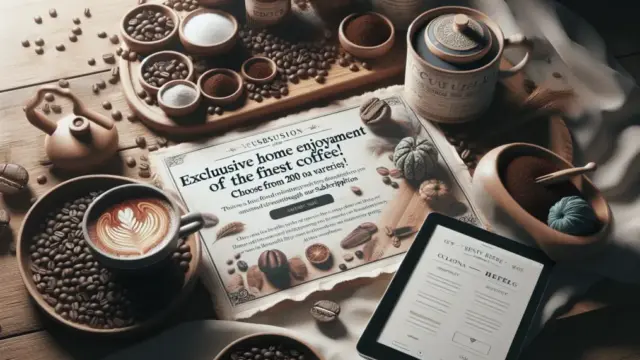




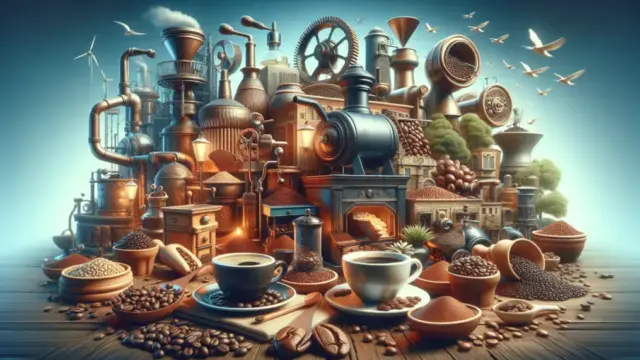




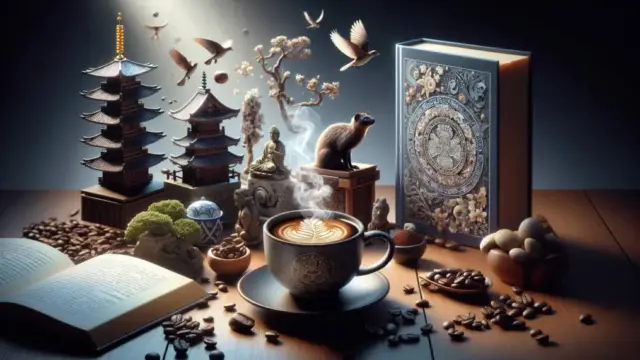

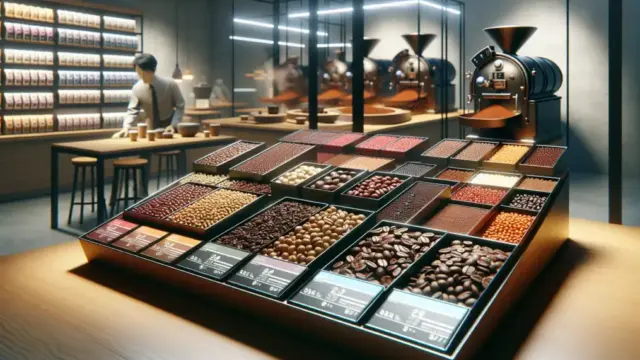



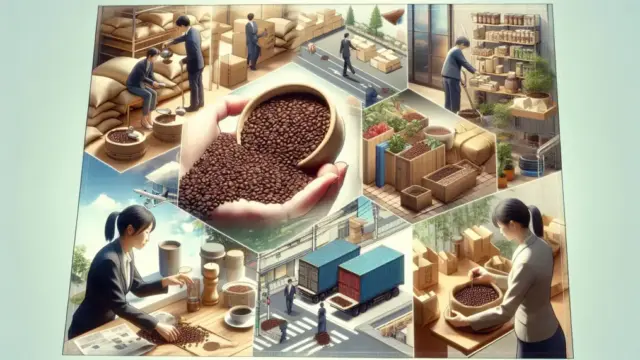

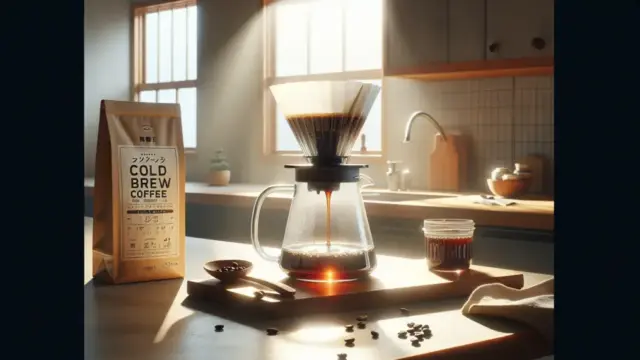





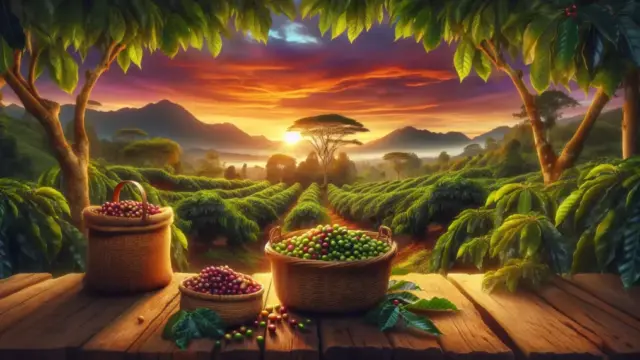




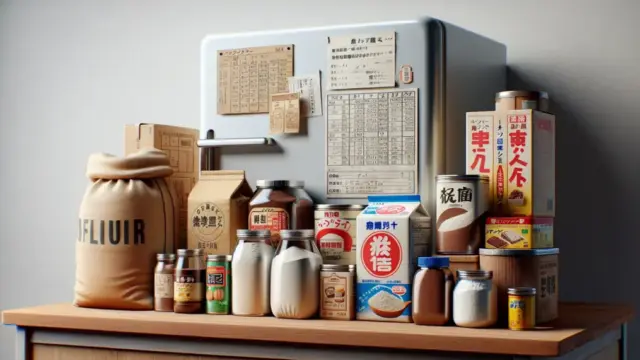




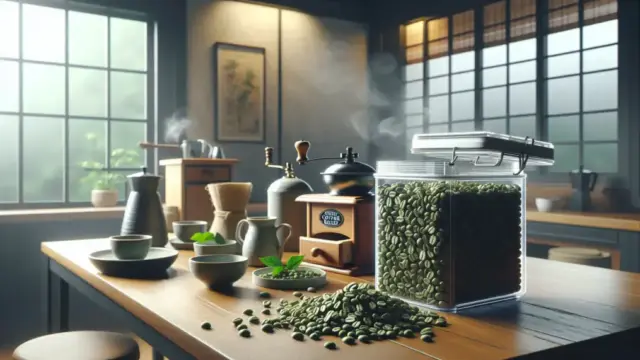


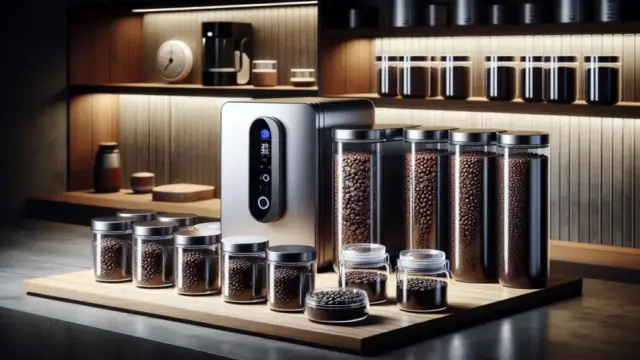
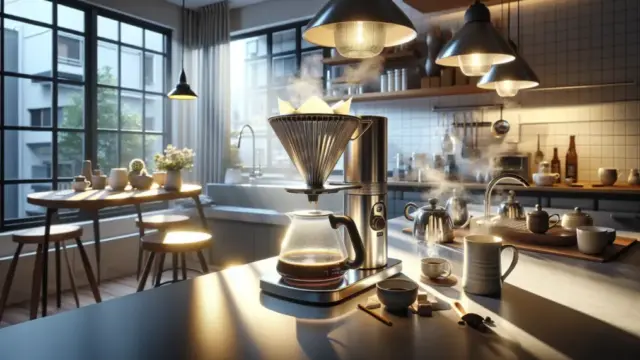
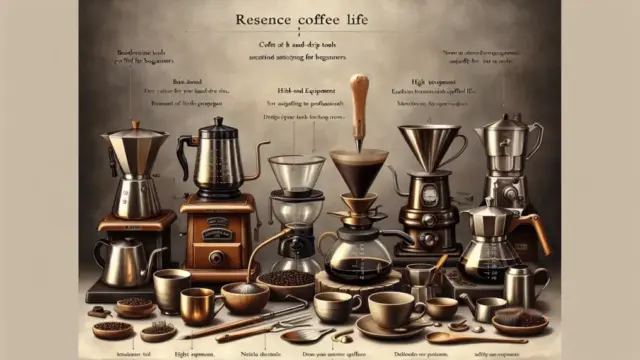
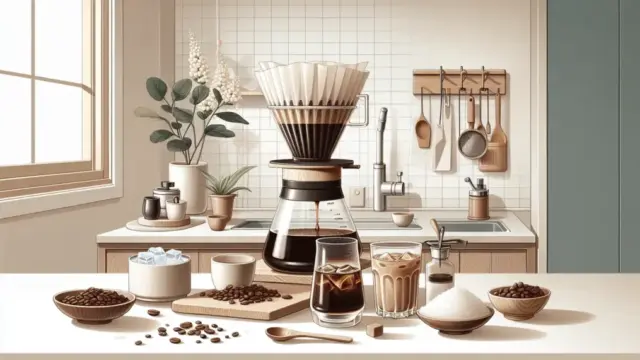
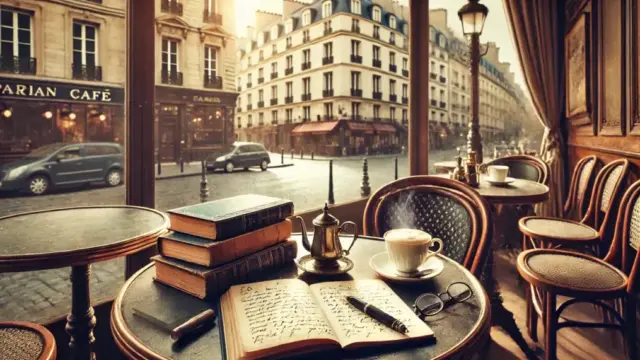
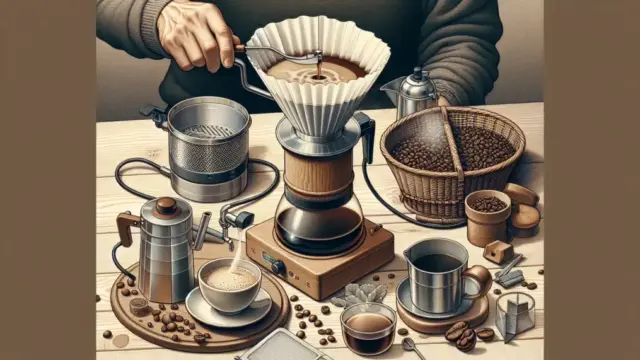




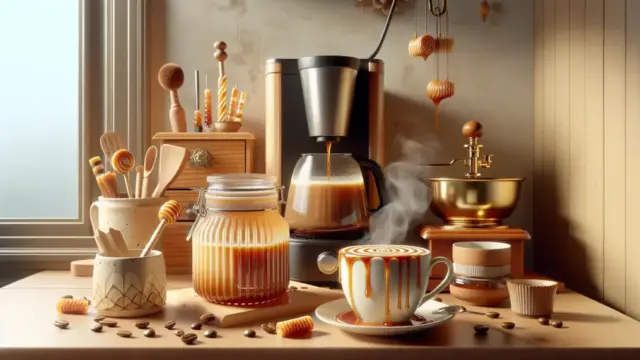
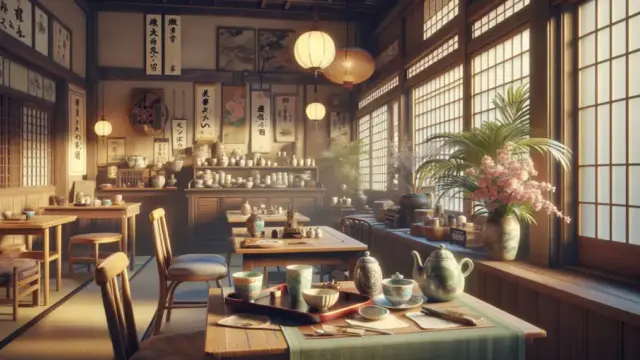



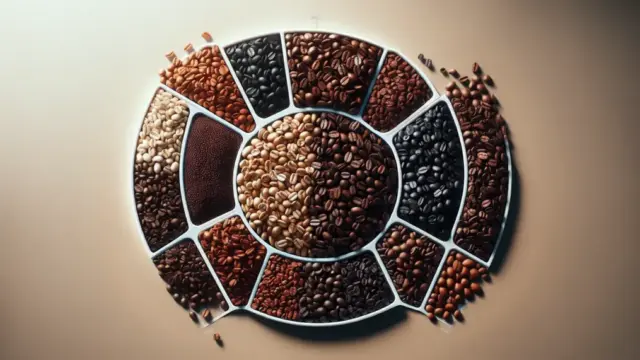




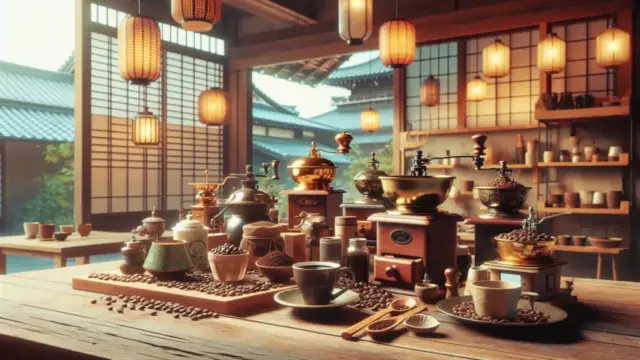








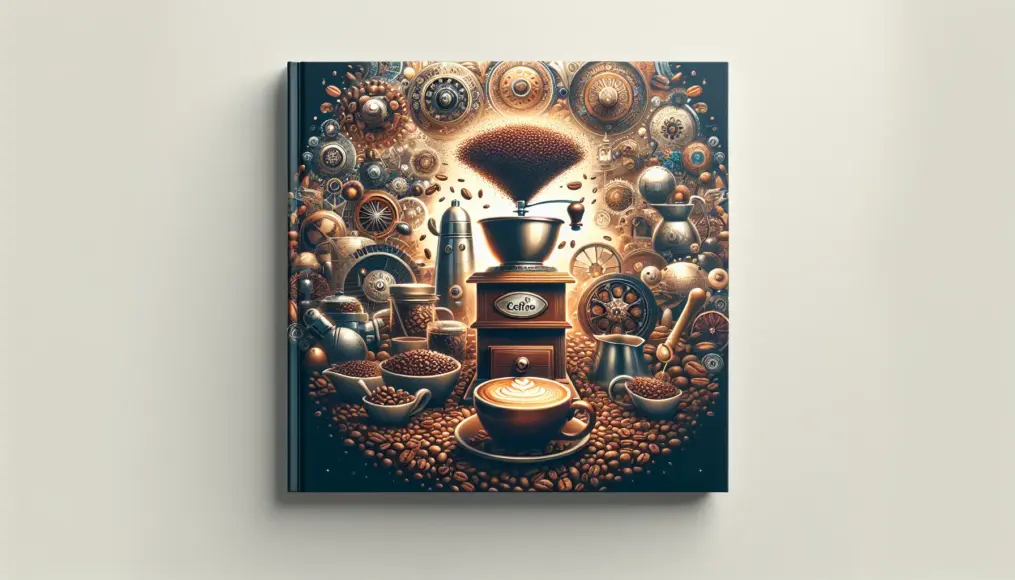
Comment